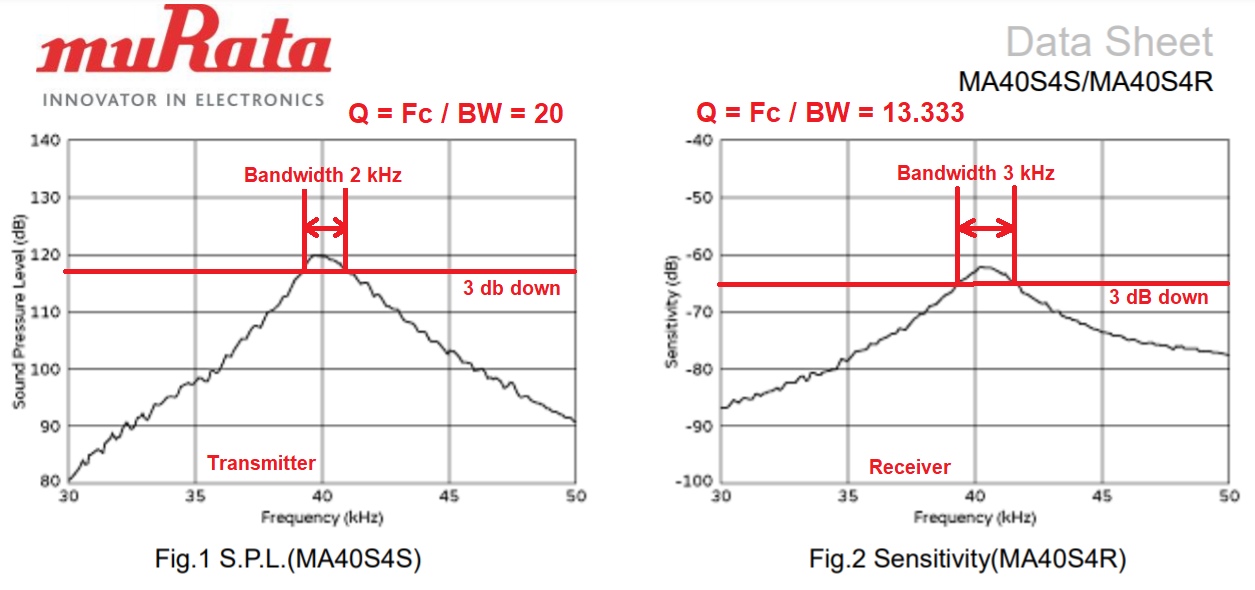I was wondering if just 1 pulse could be used.
Trying to emit a single ultrasound pulse from a highly resonant piezo transducer will be impossible. Try it and see. To do so you need a wideband transducer and, as far as I'm aware, they are not common at 40 kHz.
Trying to get a highly resonant piezo transducer receiver to work with a single incoming ultra sound pulse will be problematic to say the least.
Piezo transducers are highly resonant. If you have a decent data sheet that has got a model of the equivalent circuit, this can be simulated very easily.
Here's some data from a Murata transmit/receive pair (redlines added by me): -

If you then modelled it with an RLC and fed it a step or pulse you would seen the transient response graph oscillating with a general exponential decay like this: -

Picture above taken from this interactive RLC bandpass calculator. Notice how in the lower graph that one step of voltage as an input produces a succession of decaying sinewaves.
And this is just from what is produced in the air from the transmitter. The combined effect of transmitter and receiver will have approximately double the Q factor and the received sinewave will take even longer to decay.
That's why many cycles are used to activate the piezo transmitter rather than a single pulse. But, if you can find a wideband transducer, the Q factor will be a lot lower and a single pulse is more attainable but, the downside is that the receiver sensitivity falls through the noise floor unless you use high power transmit pulses.


